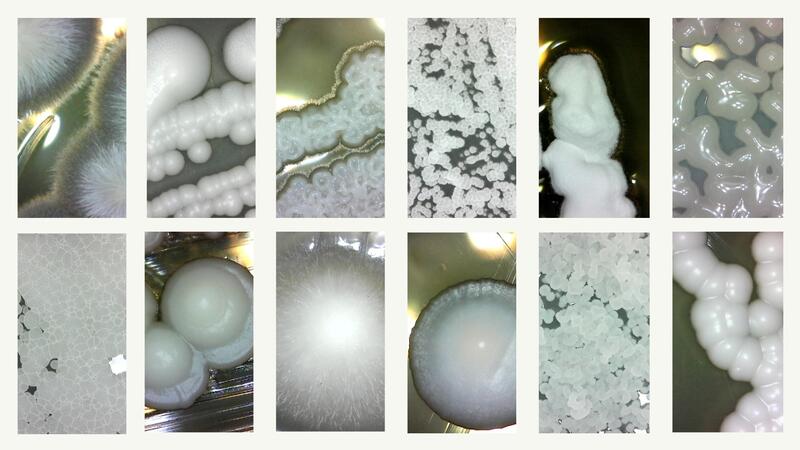News
These Jacks-of-all-trades are masters, too
In a landmark study based on one of the most comprehensive genomic datasets ever assembled, a team led by scientists at the University of Wisconsin–Madison and Vanderbilt University offer a possible answer to one of the oldest questions about evol
You might know sorghum as an edible grain. But there are some sorghum varieties, grown on marginal land with little water, which were developed specifically to turn their biomass into sustainable biofuel and bioproducts. John Mullet, a biologist at Texas A&M University, tells us how sorghum’s historical — and literal — roots could play a big role in our energy future.
Microbial communities are everywhere in the environment. The interactions among these complex networks of organisms shape the overall community function and metabolism, sometimes in unexpected ways.
Researchers from the University of Wisconsin–Madison and Vanderbilt University will use a $2.2 million grant from the National Science Foundation (NSF) to chart the evolution of over one-thousand budding yeast species across the span of four hundred million years.
Bioenergy crops are an alternative energy source that, unlike fossil fuels, could positively impact the environment by reducing greenhouse gases, soil erosion, and carbon dioxide levels. They can be produced even more sustainably if they are grown on poor quality land unsuitable for food.
Michigan State University Foundation Professor Bruno Basso has long been a believer in the power of digital agriculture.




